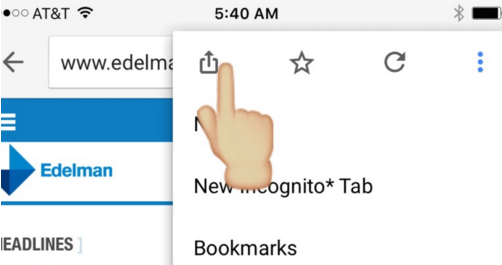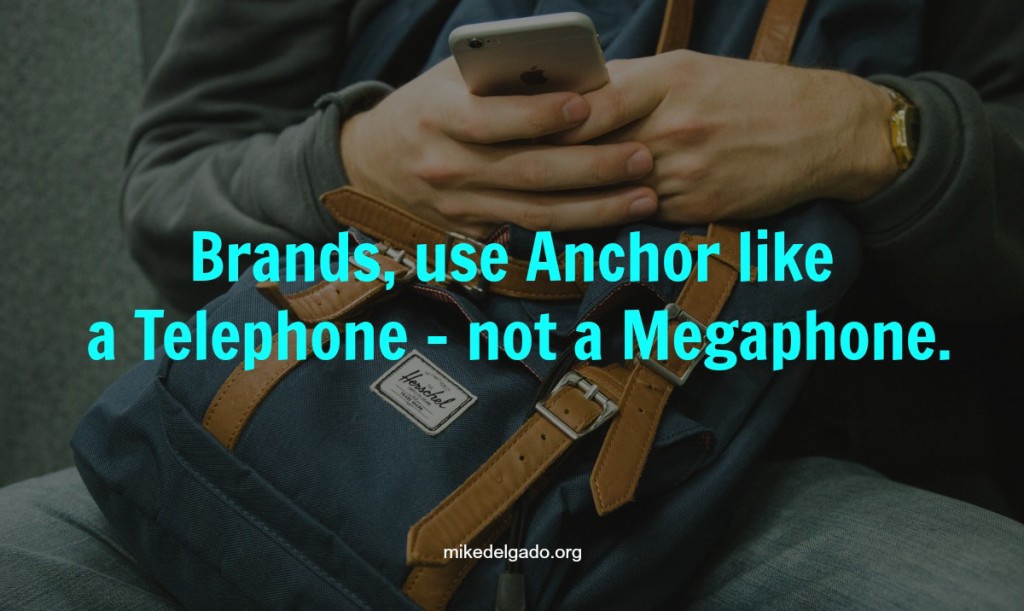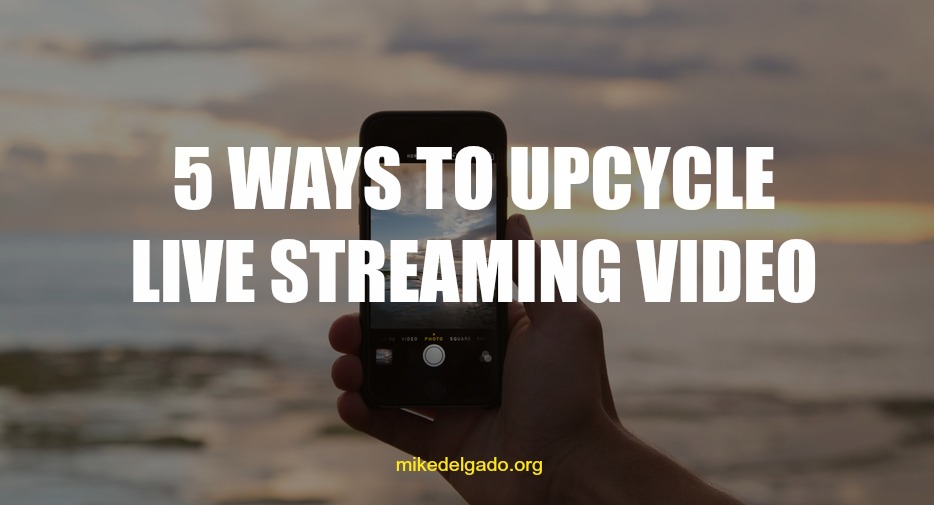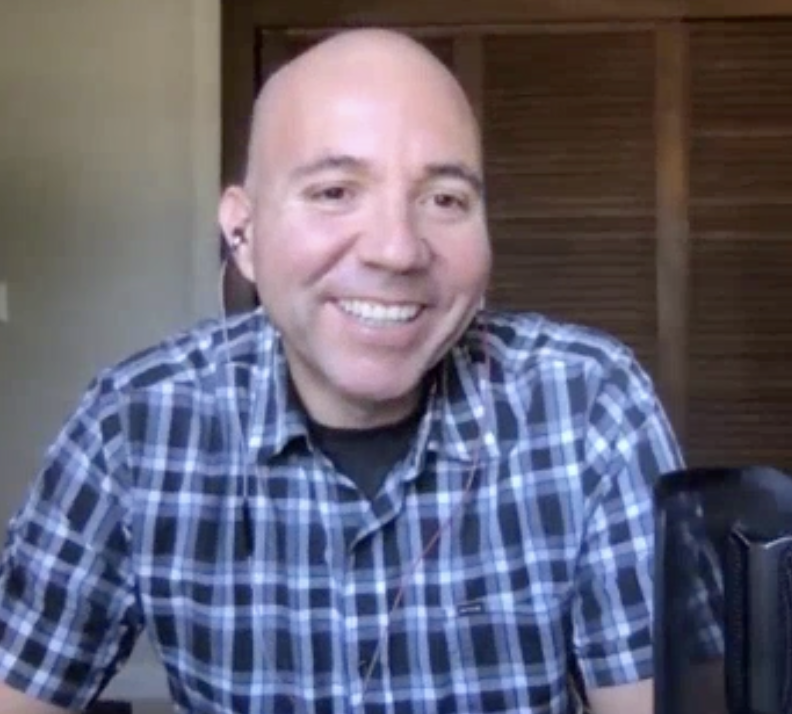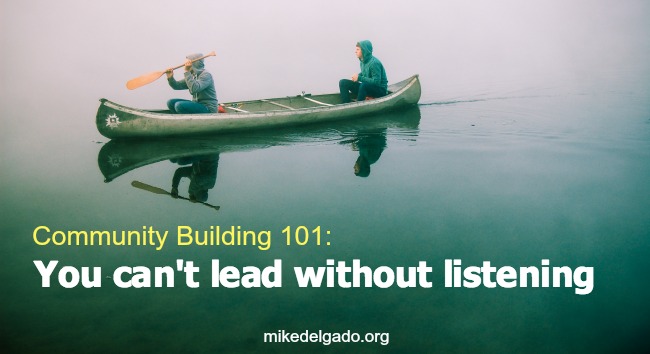
You can’t lead an online community without listening to them.
The trouble is that we struggle to make time to listen – and don’t always have the best tools to help us listen smarter. Besides, we have content to produce, social posts to schedule, blogs to write, meetings to attend, campaigns to work on, and reports to run.
However, If we want to be better community builders, then we need to be intentional about listening.
Why We Struggle to Listen to Our Communities
Here are a few reasons why we struggle with listening:
The trouble with listening is that there is no immediate ROI.
One reason why we have trouble listening to our communities is that we have nothing to show for it when we’re done. Listening is passive – and we’ve produced nothing at the end. If you spend a full day listening to your community, you have nothing to show for it. Well, you could produce a canned “social mention” report with word clouds, social mention counts, and sentiment analysis – but that’s just an automated report that anyone can run. Those automated reports only help you with listening, they don’t listen for you.
Read More…
